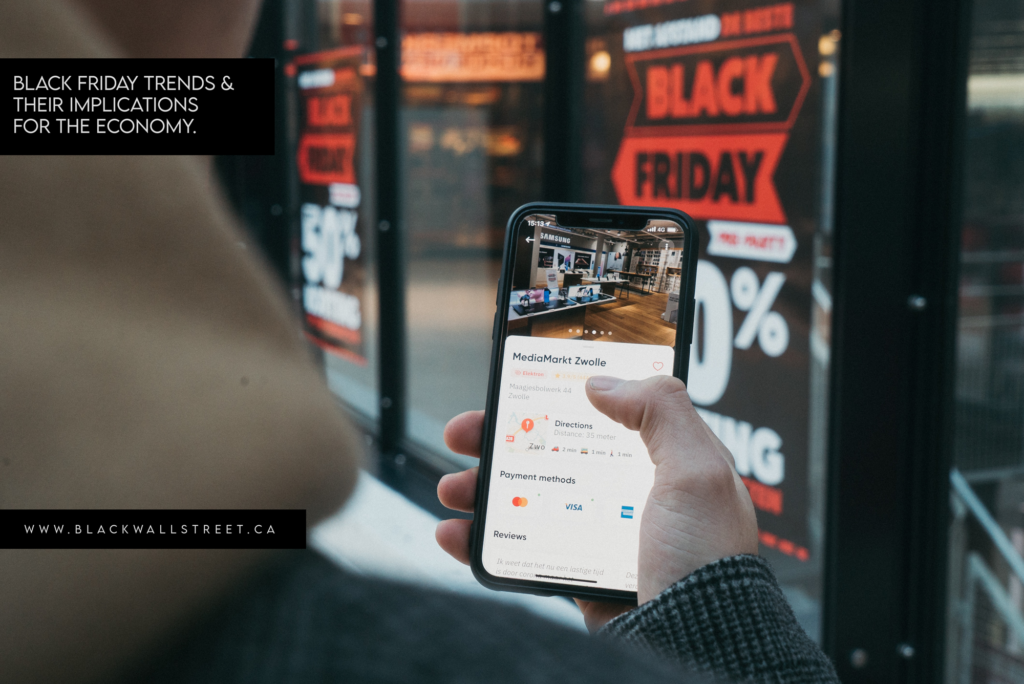Black Friday Shopping Trends and Economic Implications

Consumers are experiencing some relief from inflation, yet grappling with high borrowing costs. Black Friday sales surged, setting the stage for a holiday shopping season that will test consumers, who play a pivotal role in nearly three-quarters of U.S. economic activity.
Online spending on Black Friday reached a record $9.8 billion, a 7.5% increase from the previous year, as reported by Adobe Analytics. In-person sales, measured by shopper visits, rose 4.6%, a rate almost double the average foot traffic increase seen throughout the year, according to Sensormatic Solutions.
Anticipation for Cyber Monday is high, with projected spending ranging from $12 billion to $12.4 billion, making it potentially the largest online shopping day ever recorded, according to Adobe Analytics.

While a notable reduction in inflation has provided some respite, consumers face challenges such as dwindling pandemic-era savings and increased borrowing costs for credit cards and mortgages.
Mark Zandi, Chief Economist at Moody’s Analytics, expressed optimism about the holiday season, citing strong Black Friday sales. Key indicators, including a low unemployment rate, wage growth surpassing inflation, and resilient savings for upper- and middle-income households, contribute to a positive outlook.
Recent economic data, such as a 4.9% annualized growth in the U.S. economy for the three months ending in September, suggests continued prosperity. Zandi believes that Black Friday sales data indicates favorable conditions for consumers throughout the year.

However, potential risks persist, particularly in escalating credit card debt, which reached a record high in the third quarter of 2023, according to a Federal Reserve report. Rising borrowing costs, attributed to Federal Reserve interest rate hikes, have contributed to this trend.
Simeon Siegel, a retail analyst at BMO Financial Group, acknowledged concerns about growing debt and increased borrowing costs but noted that Black Friday sales dispelled fears of a severe impact on consumer spending.
While cautioning against overoptimism, Siegel highlighted the imperfection of using Black Friday sales as a sole indicator of consumer health, as holiday spending patterns may not accurately reflect individuals’ financial well-being.
“The holidays have gotten off to a good start,” Siegel said. “What you and I can see from revenues is what people spent. But what we can’t see is what they have in their bank accounts.”

You must be logged in to post a comment.